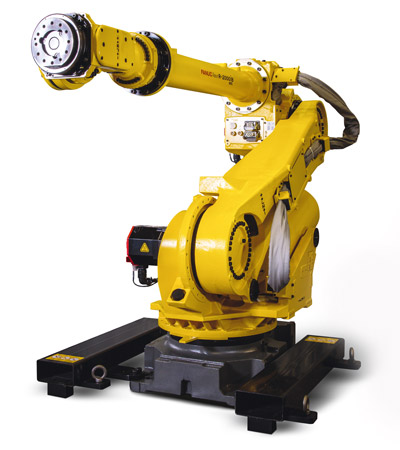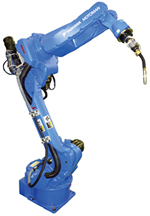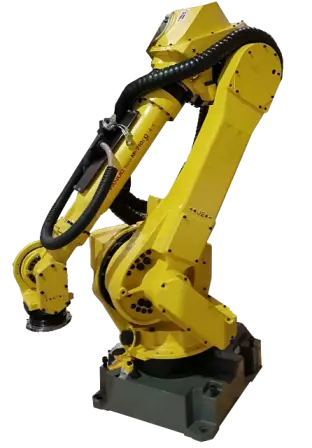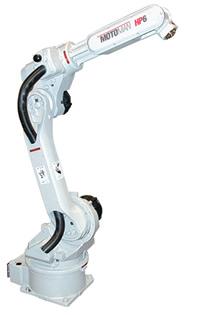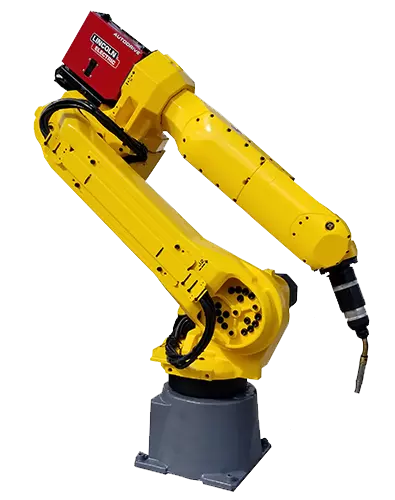Robotic arc welding systems increase productivity, improve weld quality, reduce cycle times, and save on costs. However, in order to routinely capitalize on the benefits of a robotic arc welding system it must be properly maintained. Establishing a maintenance routine for your robotic arc welding system will ensure it remains operating at peak performance levels. Preventative maintenance tasks for a robotic arc welding system can be broken down into two categories, those that should be performed daily and those that should be completed at scheduled intervals.
Daily Maintenance Tasks
Daily maintenance tasks for an automated arc welding system involve inspecting the arc welding robot and controller. Robot hoses that are exposed should be checked daily for loose fittings or cracks. Exposed hoses can deteriorate more quickly as they are susceptible to damage from UV light. Hollow arm robots avoid this issue by internalizing cabling through the robotic manipulator arm. If your welding system consists of the FANUC Arcmate 120ic or another hollow arm robot, the cable life is extended as it is unlikely to become damaged from the UV light.Hardware on the six axis robot itself and tooling should also be inspected daily for loose or missing bolts. You will also want to listen for any air leaks within the system and for any unusual noises as this could be a sign of a mechanical issue. Lastly, tooling should be evaluated to ensure proper positioning.
Scheduled Interval Maintenance
Other maintenance items do not need to be performed daily, but at predefined intervals. These intervals can be defined by the operation hours on the welding robot or after a certain amount of time. Robot manufacturers will recommend when preventative maintenance intervals should take place. For instance, maintenance for the FANUC Arcmate 100ic should be every 3,850 hours or 12 months according to FANUC.During the interval maintenance of your robotic arc welding system items to check for include grease for both the robot and positioner, batteries, and overall condition of the system. If grease is low or a dark color it should be replaced. If your arc welding robot uses batteries, they should be replaced every year. Inspect the system for debris in the fans and ducts of the control cabinet and ensure the entire system is clean to prevent a power failure or fire. In addition, software should be backed up.
The welding equipment of the system, such as the power supply and wire feeder, should also be thoroughly inspected. Power supply cables and gas connections should be secured and checked for leaks. You should also verify the equipment is clean and can properly transfer heat. Cooling liquids should be checked for clarity and low fluid levels. Lastly, consumables such as tips and nozzles, should be inspected for wear and replaced if needed.
Robots Done Right is the place to start when it comes to used robots. Contact us if you are interested in buying or selling your used robot.
